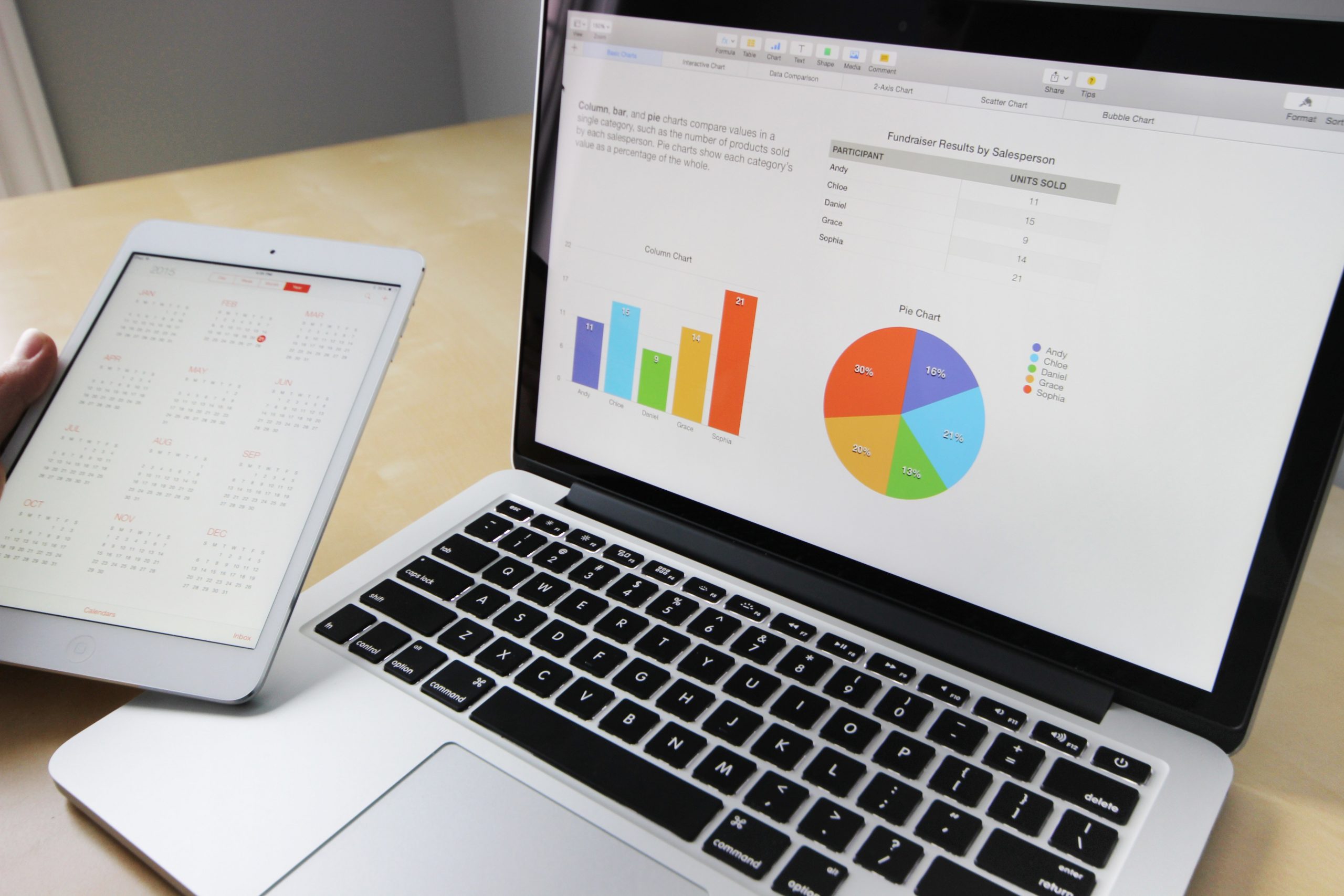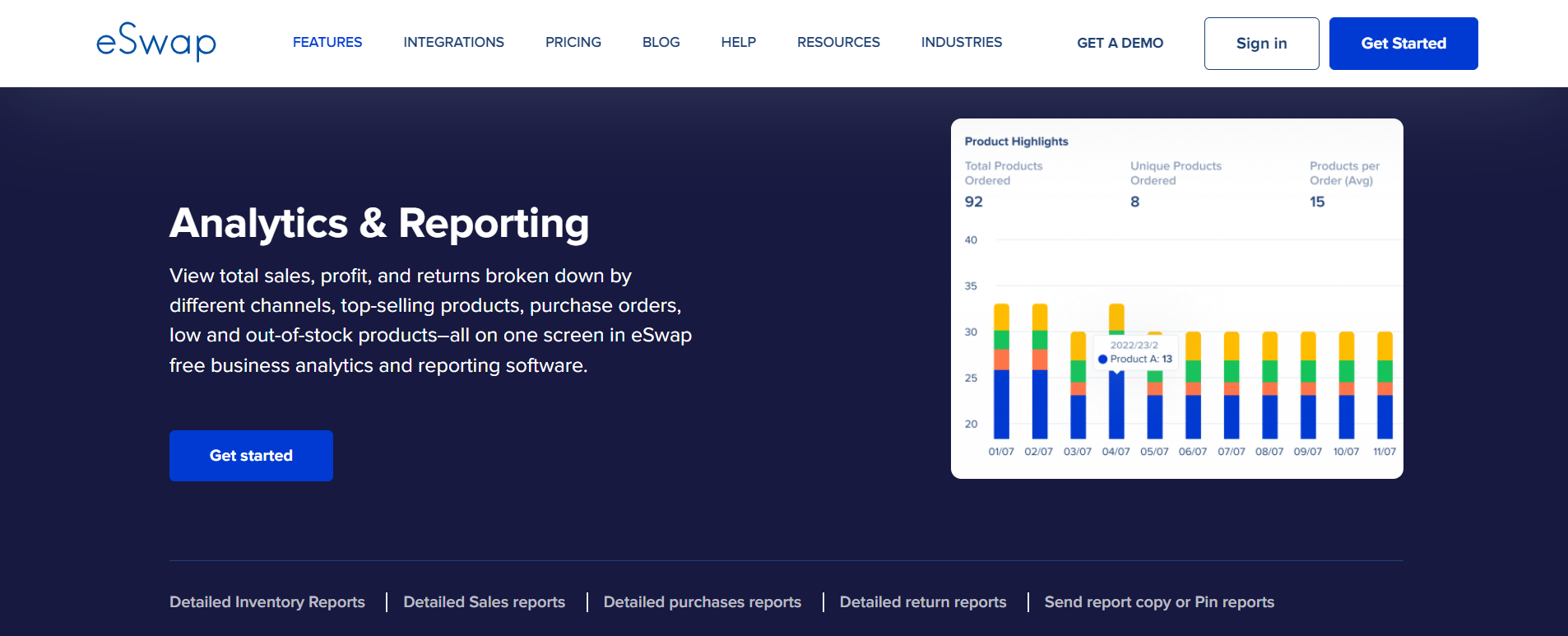Inventory reports provide in-depth insights into understanding how much current inventory a company has on hand at any one time. Whether you are a small firm or a big corporation tracking your inventories and reporting can help you examine the performance of your business, your inventory profitability, and overall sales. It can also give you an understanding of your customer service and how it can be further enhanced. An inventory report can be an electronic or physical document, and it might include statistics that reflect total inventory, best-sellers, detailed return reports, and other product information. With detailed inventory management reports, businesses can keep track of inventory levels to understand better what they can sell and what they need to order to meet the needs of their customers. Due to inventory reports, you will be able to avoid understocking and overstocking, avoiding financial damages.

What Are the Benefits of Inventory Reporting?
Enhanced Inventory Forecasting
Precisely predicting the demand for your product is critical to a company’s success. By forecasting future sales and aligning inventory stock levels to projected needs, you can guarantee that you always have the correct quantity of goods on hand. As a result, forecasting helps avoid out-of-stock and overstocking situations. It is crucial to consider that overstocking and understocking are most frequently a result of a lack of accurate data. Without reliable data on hand, you may mistakenly assume that you have more or fewer items in stock than you have. With inaccurate data, you may order too much or too little of a product than it requires.
Due to data-driven forecasting, you will ensure that you always have the correct quantity of goods on hand. This is essential for preventing the accumulation of excess inventory, which inevitably costs space and money. Instead, you may use those resources on marketing or product development to help the company expand quicker.

Precise Inventory Categorization
It can be pretty challenging to manufacture and keep track of thousands of products and estimate their demand. Moreover, suppose a company is not aware of what products are essential to make a profit. They might be squandering time and money on non-essential inventories instead of their most profitable products or inefficient procedures. Therefore, it is essential to understand your stock’s internal organization to optimize the overall supply chain and inventory management system. With an efficient management system in place and with analytical reports that it will provide, you will be able to categorize your inventory depending on its value, demand, and carrying costs. You can determine which SKUs(stock-keeping units) are most favored and can bring the most profit for your firm. Categorization of inventory can also benefit from accounting for the Cost of Goods Sold (COGS). The latter determines whether or not your firm was profitable. Classification also assists in seamless accounts payable and receivable procedures and a balanced general ledger.
The Main Types of Inventory Reports
Purchase Management Reports
Lead Time
Lead time is the interval between the purchase order and when the customer received it. Businesses should strive to cut lead times as much as possible while procuring high-quality goods or components. If extended lead times are necessary, precise forecasting is essential to minimize stockouts and overstocking.
By fulfilling client deadlines and speeding up delivery timeframes, you will also be able to enhance customer service significantly.

Delivered In Full On Time
DIFOT (Delivery in full, on time) measures how quickly your vendors provide products or services. It compares the proportion of orders you got in full by the required date to the total number of orders you received. The DIFOT formula is as follows:
DIFOT (percent) = (total number of orders/total number of orders) x 100
It is also essential that your firm fully know how frequently your suppliers fail to deliver orders on schedule. Even though there are always uncertainties in the supply chain, frequent overdue or late orders result in under-optimized supply networks,. This will cost retailers money and reduce customer satisfaction.
Returns from suppliers
Supplier returns are items or services not utilized or received from your suppliers that are returned to them.

Stock Control Reports
For a successful business, knowing how much inventory supply you have at any particular moment is crucial. Inventory control reports can show you how much inventory you currently have. Controlling inventory stock ensures that your money is put to the greatest possible use. You may make use of the following approaches:
Stock book – this option is best for a small firm with a limited number of goods. Stock books keep track of inventory by physically inputting when it arrives and leaves. It should not be used as a long-term inventory management system since it is prone to mistakes and is not scalable as the business expands.
Barcode– Stock may be labeled and tracked using barcodes and RFID tagging.
Merchandise on hand – With proper inventory management software, you will be provided with reports illustrating the exact number of stock you have on hand.
Use Innovative and Advanced Technologies
With a functionally advanced inventory management system, you can achieve total control over your inventory, significantly saving your time and resources. ESwap’s multi-channel inventory management system allows you to manage your inventory across multiple channels. The software provides you with high-quality analytical reports, including detailed data on sales, purchases, and returns. With eSwap‘s inventory reports, you will be able to fully understand your inventory value at each location, incoming stock, stock transfers across warehouses, and how many goods you have on hand.

The platform will provide you with valuable reports to see total sales, profit, and refunds broken down by multiple channels, top-selling goods, purchase orders, and out-of-stock products. For instance, you can generate detailed sales reports by sales channel, product brand, customer, price list category, order status, or specific team members. eSwap can also provide you with precise purchase inventory reports, which will allow you to get accurate information for highly efficient replenishment strategies. You will also have full access to accurate and detailed returns history data, including returns by product, customer, and country for each warehouse.
Start managing your inventory with accurate inventory analytics and many more advanced features and functions of eSwap by signing up for a free 14-day trial.







